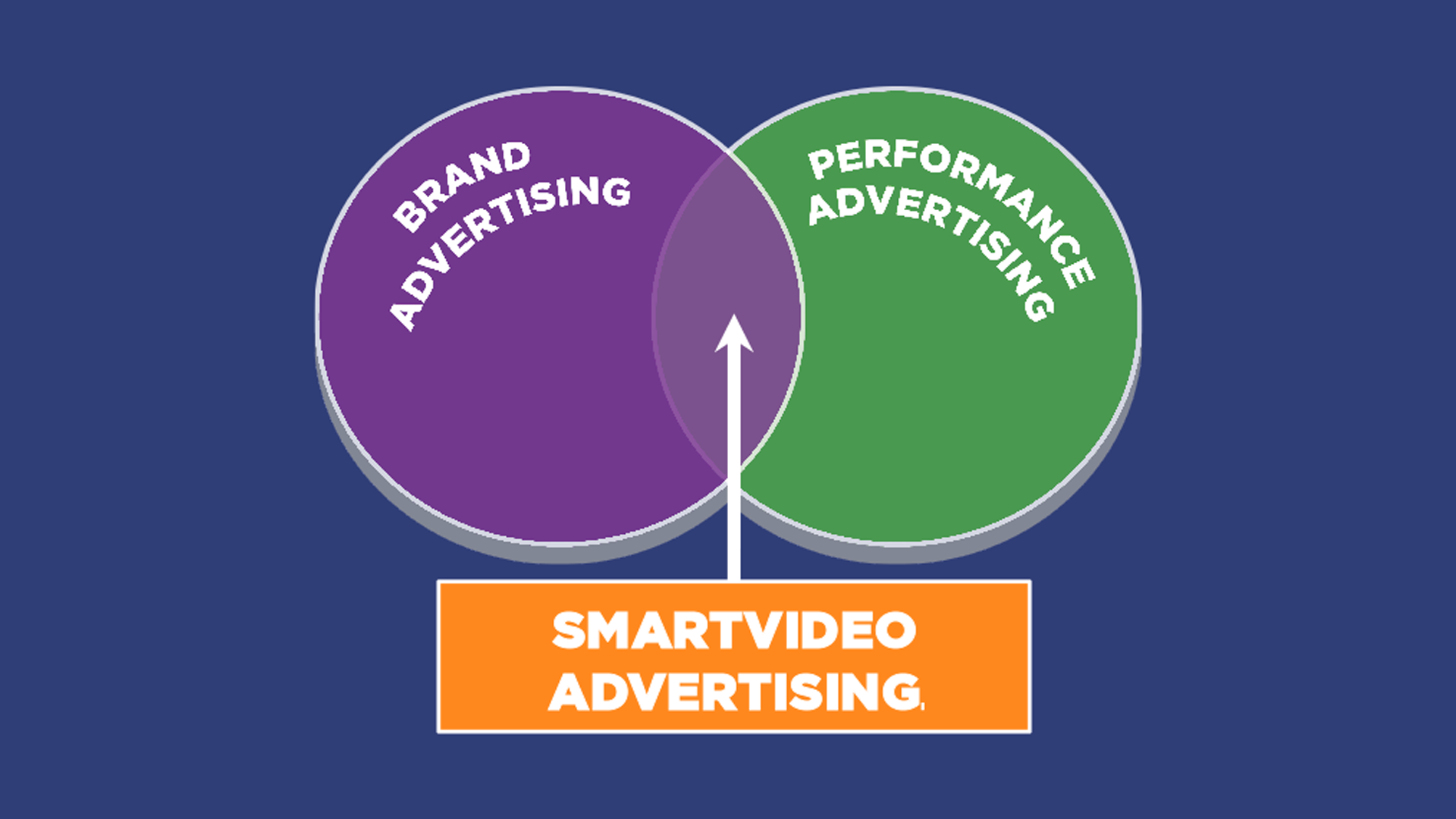We’ve seen tremendous growth in online video ad consumption over the last couple of years. Online video advertising revenues topped $1 billion in the first two quarters of 2012, video ad views reached 9.9 billion in February, and YouTube just hit 1 billion monthly users.
At the inaugural SmartVideo Summit a couple weeks ago, I moderated a panel session of digital industry leaders, discussing how these changing market dynamics and new data-driven technologies are shaping video advertising strategies. The panel comprised several sides of the industry – from performance advertiser to exchange to platform – which allowed for a full spectrum perspective of where the industry is going, and how the lines of brand and performance advertising are blurring. So let’s dive in…
TV advertising dollars are shifting online to video and at the same time more online ad budget is being reallocated from display to video than to any other channel. One key reason for this is due to the fact that users are watching more online video – and where the audience is, dollars will follow. But online video is valuable for advertisers for additional reasons…
- Targeting. Targeting for video ads far surpasses targeting for TV. TV advertising typically casts a very wide net and, as a result, many ads are shown to viewers of little relevance. With online video, brands can be way more tailored and reach a much more relevant and highly engaged audience, through the availability of real time data and targeting capabilities. As brand dollars move online, they will adopt characteristics previously used by performance marketers, such as behavioral and contextual targeting.
- Measurement. Across the board, online video advertising offers superior measurement than TV and other channels. The ability to target a relevant audience based on data, to track engagement, and to analyze brand impact through online and offline research increase the accountability of brand marketing. From a performance marketing perspective, the nature of video advertising is that it shows front and center for 15 seconds and then is gone. The viewer is much more engaged with the ad than, say, display advertising, but they are typically interested in the content that follows the ad, and are not necessarily clicking the video directly. If you’re measuring performance through classical direct attribution, e.g. click and buy within 14 days, this only accounts for a limited portion of the real performance. Using more comprehensive metrics, like control group analysis, and accounting for offline behavior as well, reveals the impact of video ads. As these techniques are adopted and enhanced, we’ll see better ROI and blurring boundaries between performance and brand marketing.
- Form factor. Consumers are switching from a large form factor (e.g., a desktop monitor or laptop screen) to smaller forms – specifically mobile and tablet devices. Dr. Ishai Oren, Principal Applied Researcher at Microsoft, said that these smaller screens can be characterized with a “0 / 1” law, either a viewer is immersed in an ad and experiences it completely, or doesn’t. There is no ancillary side bar or banners on smaller screens (as with display ads) – there is only front and center, and the video necessity of smaller forms is much more prominent. And because of this, “mobile and video are made for each other,” says Oren.
- Funding brand advertising. On the advertiser side, personalized video ads are a way to run performance advertising programs, but “allow for a way richer brand experience,” says Braden Hoeppner, Vice President, Web Sales at Coastal Contacts. The financial ROI of the performance aspect can fund and finance the brand marketing aspect and deliver differentiated customer experience benefits. As Hoeppner put it: “The performance side can pay for it and the brand [lift] comes for free.”
Improved targeting lets you reach the right viewer at the right time, but personalization takes this one step further by creating the most relevant ad. The panel discussed how personalization is transforming a “one-ad-fits-all” approach to a more effective “one-to-one” approach. Enter the creepy versus cool factor: how personal can an advertiser get in video ads? We will see these walls break down due to a changing of the times and generations. “Privacy queasiness” most likely won’t carry over in the coming years, as today everyone is sharing their lives online. Oren predicts that any privacy regulation will be more government led than as a result of consumer demand. Hoeppner agreed, supporting this statement by suggesting that if a customer was given the option to view a generic video ad, or a personal one, no doubt they would choose the personal. The key is that by immediately giving the viewer the option between the two, you can remove the ‘creepy’ factor, and potentially drive further viewer engagement with the ad.
Finally, we all know mobile is king, and its continued rise will positively effect video advertising. The challenge is learning how to leverage it, and how to monetize it more effectively, given the differences in user behavior and technology from PCs. Matt Young, Director of Sales & Mobile at BrightRoll explained that while the size and scale of mobile video ad inventory is there, one key issue lies in the lack of reliable cross-device and cross-silo identification for targeting. But everyone is optimistic: it will get there soon, and when it does, mobile is much more of a personal device and attachment, and the opportunities are great.
What is your perspective on the convergence of brand and performance advertising? What do you think is the role of targeting and personalization in video ads? Do you agree with the panelists? Feel free to share your thought in the comments below.







